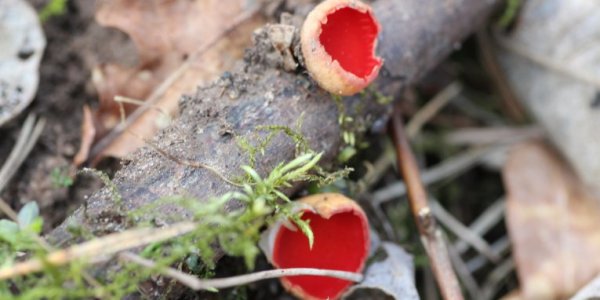In Nature things happen much sooner
Climate in Latvia is getting increasingly warmer. Summers are becoming wetter and cooler, but winters - much shorter and milder with more frequent thaws; the spring starts much earlier than a couple of decades ago, when snow could be seen even in mid-March. Climate changes also affect the composition and the variety of plants, fungi and animals in Latvia.
This February was relatively warm. Therefore, already in the middle of the month hazel-trees started to bloom, even though normally it happens only in late March. By now pollen is already falling from the long, clearly visible catkins of male hazel flowers. This means that also the less visible female flowers have blossomed and are still hiding in their buds; from the outside one can only see small tufts of red bristles, called the stigmas. Also catkins of grey alder flowers appeared in February.
Here and there pussy willows start flowering. From mid-February maple trees are sapping. Taking a closer look at the thickenings of fragile birch twigs in young forest stands, often we will see a reddish-purple hint, which earlier could only be seen at the end of March or even in April. This shows that active life processes are taking place also in these trees.
Seeing a snowdrop in the winter is no surprise any more. And yet nature friends are still excited to see the red bowl of Sarcoscypha austriaca, a fungus that this year already since the beginning of February can be spotted in the areas not covered by snow. Just as showy, but in a different colour, there is also the golden jelly fungus or Tremella mesenterica - a fungus that grows all year round in rotten wood of deciduous trees.
A number of different insects and spiders of a variety of species are bustling around already in mid-February. However, at this time birds are the most visible representatives of the animal world: next to the resident birds like ravens, spotted nutcrackers, sea eagles, forest owls that already are getting ready for nesting, there are also some of the hastiest migratory birds, who have just arrived. The most attentive bird watchers have probably already spotted birds like white-fronted geese, sowing geese, whooper swans, Eurasian coots, cranes, grey herons, goosanders, lapwings, wood pigeons, common wood pigeons, sparrow hawks, rooks, robins, skylark, finches and even the white stork.
















